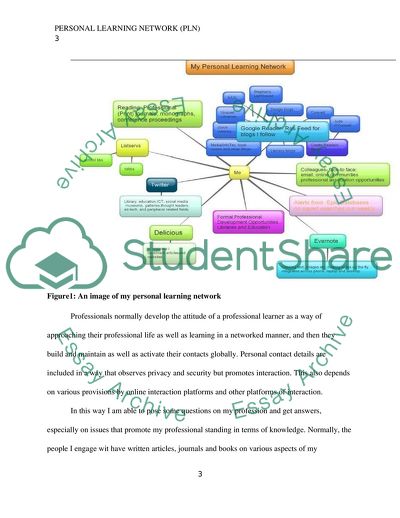Cite this document
(Building a Personal Learning Network Coursework, n.d.)
Building a Personal Learning Network Coursework. https://studentshare.org/information-technology/1803953-building-a-personal-learning-network
Building a Personal Learning Network Coursework. https://studentshare.org/information-technology/1803953-building-a-personal-learning-network
(Building a Personal Learning Network Coursework)
Building a Personal Learning Network Coursework. https://studentshare.org/information-technology/1803953-building-a-personal-learning-network.
Building a Personal Learning Network Coursework. https://studentshare.org/information-technology/1803953-building-a-personal-learning-network.
“Building a Personal Learning Network Coursework”. https://studentshare.org/information-technology/1803953-building-a-personal-learning-network.


